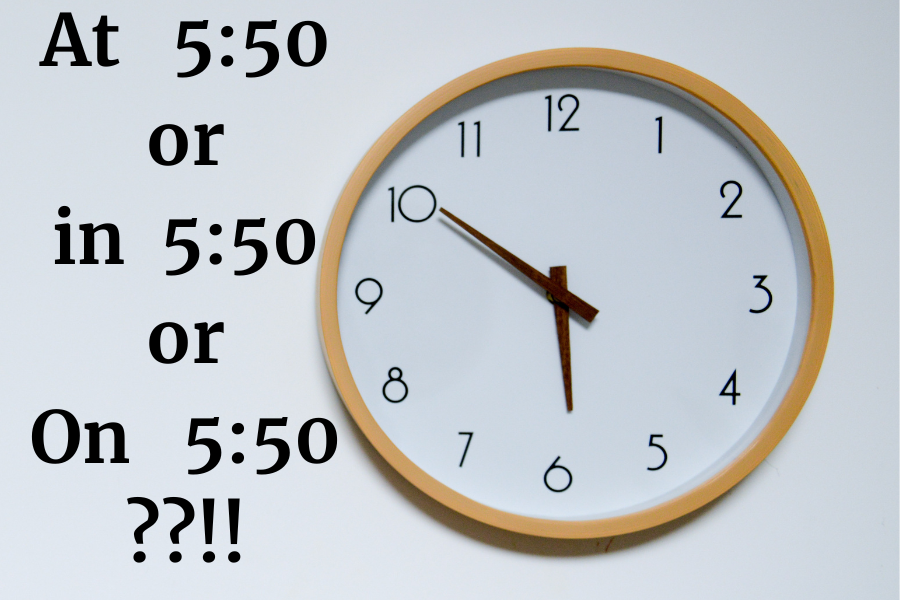Introduction
In the intricate world of language, prepositions play a vital role in conveying precise meaning. Among the most nuanced are ‘at,’ ‘on,’ and ‘in’ when referencing time. Moreover, understanding their differences is essential for clear and effective communication. In this guide, we’ll discover the complexities behind these prepositions and equip you with the knowledge to use them correctly and confidently.
When to use ‘At,’ ‘On,’ and ‘In’ for Times
‘At’: This preposition pinpoints a specific moment or time on the clock. Think of it as a pinpoint on a timeline. For instance,
- The meeting is at 3 p.m.
- She arrived at noon.
‘On’: this preposition is used to denote days and dates. It signifies a day as a surface on a calendar. For example;
- We’ll meet on Monday.
- Our anniversary is on the 15th of May.
‘In’: When referring to time periods, seasons, months, or years, ‘in’ is the ideal preposition. It suggests being within a time frame or duration. For instance;
- He will arrive in a few minutes.
- We’re traveling in July.
- He was born in 2001.
Tips for Usage: ‘At,’ ‘On,’ and ‘In’ for Times
- Use ‘at’ for specific moments or times.
- Use ‘on’ when referencing days, dates, or surfaces of calendars.
- Use ‘in’ for time periods, seasons, months, or years.
Common Pitfalls to Avoid
- Misusing ‘at’ for days or dates: Remember, ‘at’ is for specific times, not days.
- Confusing ‘on’ and ‘in’ for time: Ensure you use ‘on’ for days and dates, and ‘in’ for time periods or durations.
Practical Application
- Correct: “The concert starts at 7 p.m.” Incorrect: “
The concert starts in 7 p.m.” - Correct: “Our meeting is on Friday.” Incorrect: “
Our meeting is at Friday.”
Conclusion
In conclusion, mastering the usage of ‘at,’ ‘on,’ and ‘in’ prepositions for indicating times is a valuable skill in effective communication. By grasping the distinctions between these prepositions and applying them appropriately, you can convey temporal information with clarity and precision. As a result, keep this guide close at hand, and soon you’ll navigate the temporal landscape of language with confidence and accuracy.
Don’t forget to read our guide when to use ‘At,’ ‘On,’ and ‘In’ for Places!


